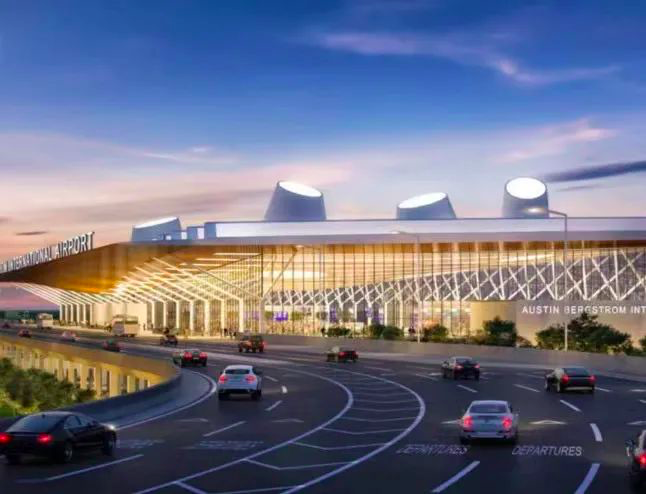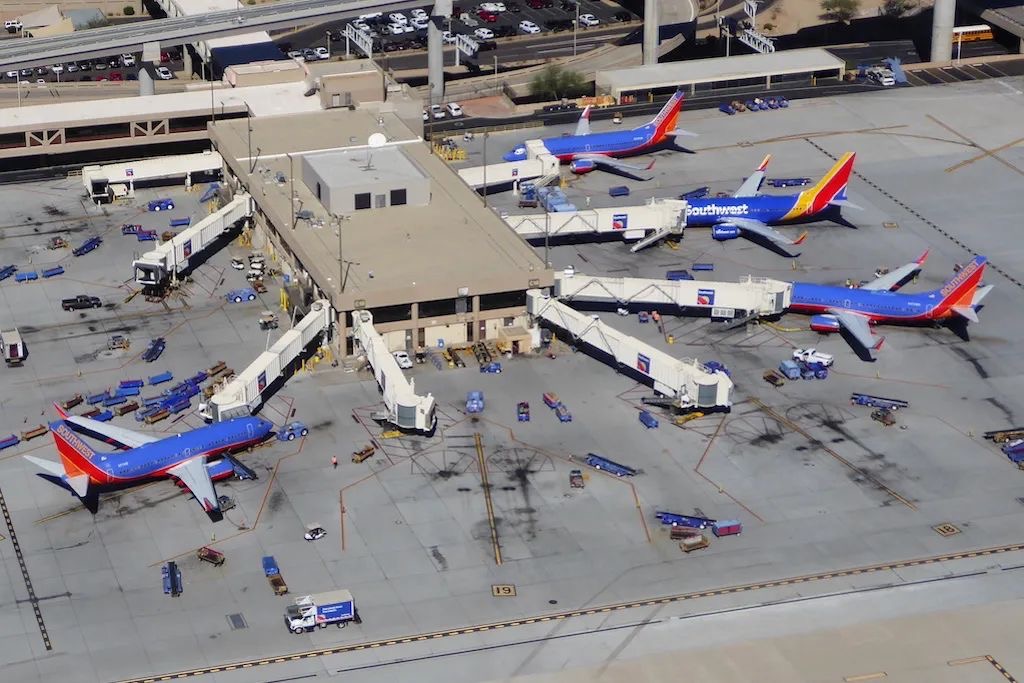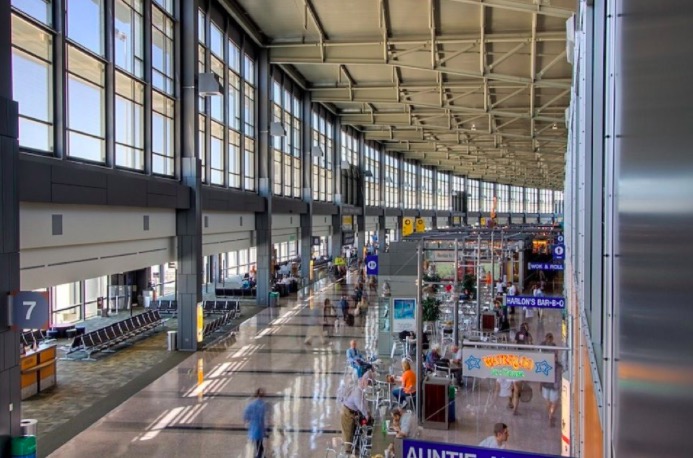As South Korea-based Samsung Electronics Co. Ltd. builds its next-generation semiconductor plant in Central Texas, and considers an even larger investment, there is no doubt that Austin will see more travelers from Asia in the years to come.
Airlines including British Airways and Virgin Atlantic already fly direct from Austin-Bergstrom International Airport to London and KLM Royal Dutch Airlines and Germany’s Lufthansa fly direct to mainland Europe.

A direct flight to an Asian business center is the logical next step for one of the nation’s fastest-growing aviation hubs. An international route across the Pacific to Seoul, Tokyo or Hong Kong would further uplift the airport’s status and galvanize the city’s position as an international destination.
“Asia makes sense,” said Matt Geske, vice president of regional and local policy for the Greater Austin Chamber of Commerce. “We have identified target areas for service and now we are looking to Asia.”
In 2018, the chamber launched an effort to attract nonstop service from Asia, primarily from Seoul and Tokyo. It partners with the city of Austin through a task force that analyzes the demand for service reinforced by business travel to and from Central Texas.

In 2019, Dell Technologies Inc. executive Doug Driskill, then chairman of the task force, told ABJ that securing the first nonstop connection to Asia was “top of mind” and possible within two years. Then came the pandemic, which raised questions about the future of business travel that still linger.
But the Austin area is on a record economic development win streak and its global profile has never been higher. Now, Geske said a direct flight from Asia could be announced in 2023 or 2024.
Representatives for the airport remain publicly reserved on the matter, sharing that it continues to work toward establishing new relationships.
“AUS continues to seek new destinations and routes for Austin and the Central Texas region, but doesn’t have any announcements to make about nonstop service to Asia at this time,” airport spokesperson Bailey Grimmett said, using the airport’s international “AUS” code.
Business leaders have said flights to Asia are needed to connect Austin to some of the world’s most vibrant economies. Direct flights are seen as critical to attracting tourists and corporate investment, not to mention making it easier to move people and products around the world.
“We are one of the fastest growing airports right now,” Geske said. “Lots of companies want to come here and utilize the workforce. You are going to see our airport become one of the best in the country.”

o have to travel through somewhere like George Bush Intercontinental Airport in Houston or Chicago O’Hare International Airport, adding time and complexity to their trip.
Korean Air, Delta Air Lines, Asiana Airlines, American Airlines, Singapore Airlines, Thai Airways, Copa Airlines and United Airlines all fly non-stop to South Korea from New York, Los Angeles, San Francisco, Seattle and Dallas.
There are also private charter services operating at Austin-Bergstrom that fly to Asia. Representatives for Signature Flight Support and Million Air, fixed-base operators for private aviation, both said they have not seen an increase in flights from Asia in recent months.
Austin-Bergstrom is touted as one of the fasted growing mid-sized airports in the United States and a key component of Central Texas’ growing economy, supporting more than 74,000 direct and indirect jobs.
A $350 million, nine-gate expansion to its terminal was completed in February 2019. That boosted the airport’s capacity to about 15 million passengers a year.
But almost immediately the airport surpassed that level of activity, with 17.3 million passengers in 2019. That fell to nearly 6.5 million passengers in 2020 during the pandemic, but climbed to 13.6 million in 2021. In 2022, airport leaders expect traffic to climb 62% to 22 million, which would be 27% higher than the record set in 2019.
Now, as ABIA copes with intense traffic, it is moving forward an even larger, long-planned expansion.
The Airport Expansion & Development Program will eventually result in the addition of a second concourse with at least 10 gates. The airport says the price tag for the expansion could reach $3.5 billion to $4 billion, creating new opportunities for local businesses including stores and eateries.
As part of its expansion plan, AUS secured $400 million in debt financing earlier this summer.
The Article is from Austin Business Journal, copyright belongs to owner

